It is a country with three people holding the office of president simultaneously. Their national anthem has no lyrics since there is no consensus on the final wording . There are soldiers from 26 different countries providing additional security in the nation. Some in the west are frustrated with partisan politics and gridlock, but the political situation in Bosnia-Herzegovina might be considered hopeless.
Bosnia-Herzegovina was carved out of the former Yugoslavia when it declared independence on April 6, 1992. The road to independence was not a peaceful transition but a violent cleaving which resulted in the death of thousands. The former Yugoslavia, located in the Balkans, is an amalgam of ethnic groups. The country is comprised primarily of three ethnic groups: Bosniak Muslims (48%), Orthodox Serbs (37%), and Catholic Croats (14%). It was fastened together for years under strongman Marshal Josip Tito. Neighboring Serbia desiring the status quo of a unified Yugoslavia invaded Bosnia. The country fell upon itself and Bosnia-Herzegovina could be considered ground zero of the implosion of Yugoslavia. A war raged from 1992-1995 which claimed 100,000 casualties.
Current day Sarajevo is a living reminder of that horrific war during the three year war. The capital sits at the bottom of the Sarajevo valley surrounded by five major mountains. Internal Serb forces and the Yugoslav People’s Army surrounded Sarajevo starting April 5, 1992 and ended February 29, 1996. This brutal siege is the longest siege of a capital in history of modern warfare. Today, as a tourist there are many reminders of the siege in Sarajevo.
Sarajevo Roses
You might not notice it at first. And if you do, the significance might be lost on you. Carved into the roads and sidewalks in Sarajevo are red-colored, rose patterns. These rose patterns are actual sites of mortar attacks that took place during the siege of Sarajevo. To preserve the memories of those lives lost during the war, the scars have been filled in with red resin. As you explore the city, you will note these Sarajevo roses. These roses represent the horror and randomness of war. Residents of the capital would not return from a trip to the market or attending church.
Destroyed Buildings
Despite the war ending in 1996, there are too many memories of the devastation. Many blown out and damaged buildings still remain nearly 20 years after the cessation of fighting. They are a constant reminder. On average, 329 shells rained down from the hills during the siege.
Mines
Another vivid reminders are a sign like this. Mines. You do not expect to see a sign like this in Europe. Over 2 million mines were placed during the hostilities. Twenty-two people were killed or injured my mines in 2011. Bosnia has a goal of demining the country by 2017. This is with the assistance of NATO, NGOs, and governmental agencies.
Sniper Alley
This stretch of road looks similar to any other road in thousands of cites around the world. Sniper Alley formally known as Dragon of Bosnia Street connects the Old Town with the industrial part of the city. Sniper Alley, a main boulevard in Sarajevo, was a prime target for sniper attacks. Snipers in their perch would target civilians from the surrounding hills. A simple walk to visit family or friends would be greeted with a sign that read: Pazi – Snajper!” (“Watch out – Sniper!”). You would have to sprint or zig-zag or sprint across the street praying for your life.
Tunnel
Sarajevo was cut off. No food. Sarajevo rests in a valley with hostile forces sitting in the surrounding mountains. Necessity breeds ingenuity. The Sarajevo Tunnel was the result. The product was 1,000 yards and was built by the Bosnian army in multiple shifts, 24 hours a day. The workers were paid with one pack of cigarettes a day. It connected Sarajevo by tunneling under the airport which connected to Bosnian held territory. The tunnel allowed for weapons, food, medicine, and people to be ferried into the city. Today, you can visit the Sarajevo Tunnel Museum. It is housed in a former private residence that served as the entrance of the tunnel during the siege. As a visitor, you can crouch through 60 feet of the actual tunnel.
Srebrenica Memorial Exhibit
In Srebrenica, 8,372 people were massacred. Srebrenica is a two hour drive from the capital of Sarajevo. In July of 1995, 8,000 plus Bosnian people mostly men and boys were gathered and slaughtered by a Serbian paramilitary force. The horror of this event is captured at the Srebrenica Memorial Exhibit in Sarajevo. You are soberly greeted with the 8,372 names sketched into the lobby as you enter. It is a moving photo exhibition.
Miss Sarajevo
You may view this documentary at the Srebrenica Memorial Exhibit or of course watch it at home. Miss Sarajevo is a grim documentary with a dose of dark humor. It depicts the random fear and violence that was injected into the citizens of Sarajevo’s lives. Would they die by sniper of mortar that day? The film is well known for its coverage of the Miss Sarajevo contest, where the female contestants held a sing: “Don’t Kill Us”, as they grinned while wearing skin tight bathing suits. The documentary opens with a gripping scene, a precocious tween, Alma Cata sings a rock song in a burnt out Volkswagen Beetle was you hear gunfire in the background. This was their life.
U2 ended up singing the title sign for the film and also produced the film. Read the documentarian’s, Bill Carter, incredible story of how he met U2 and got them to produce the film. Here is the song Miss Sarajevo with clips from the documentary.
I spent the day visiting these sites with Ervin from Toorico Tours. I suggest them strongly if you are in Sarajevo!
And if you want to read more about Sarajevo, check out my other story.
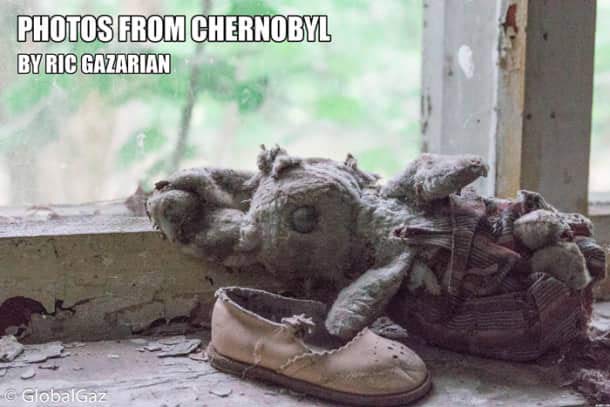
Photos From Chernobyl
Sign up to receive your free copy of Photos From Chernobyl. Over 100 photos from the Chernobyl Exclusion Zone.


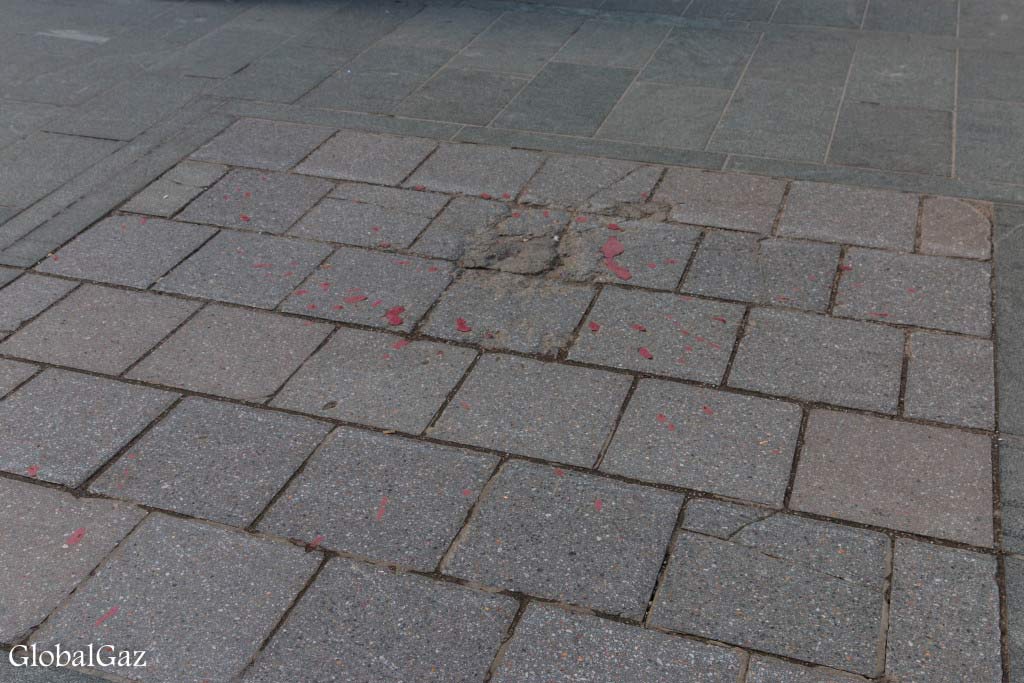
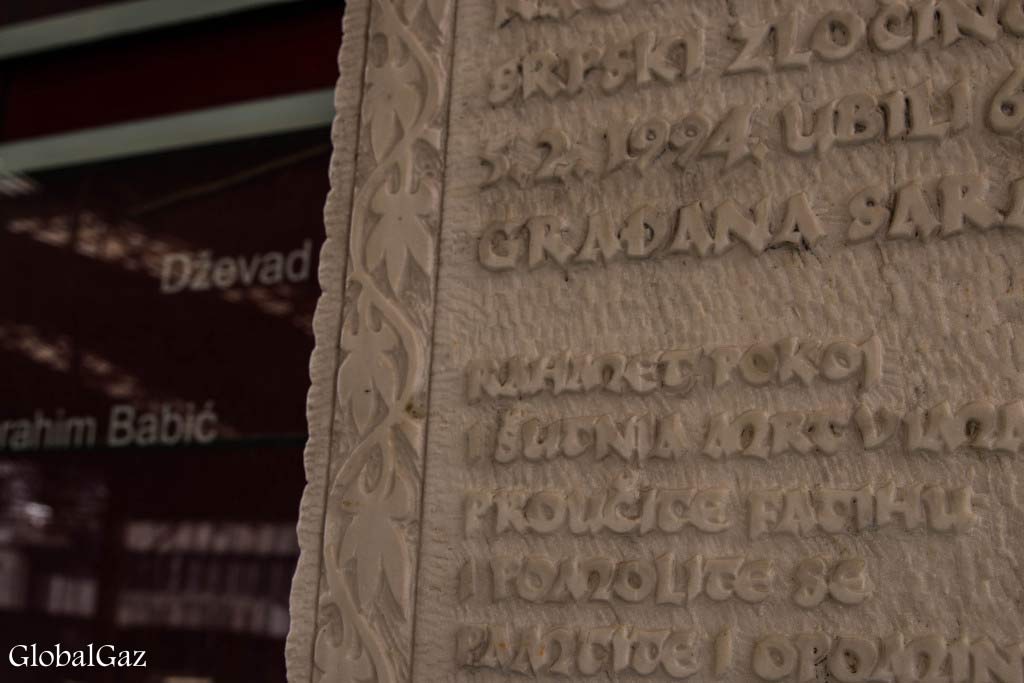
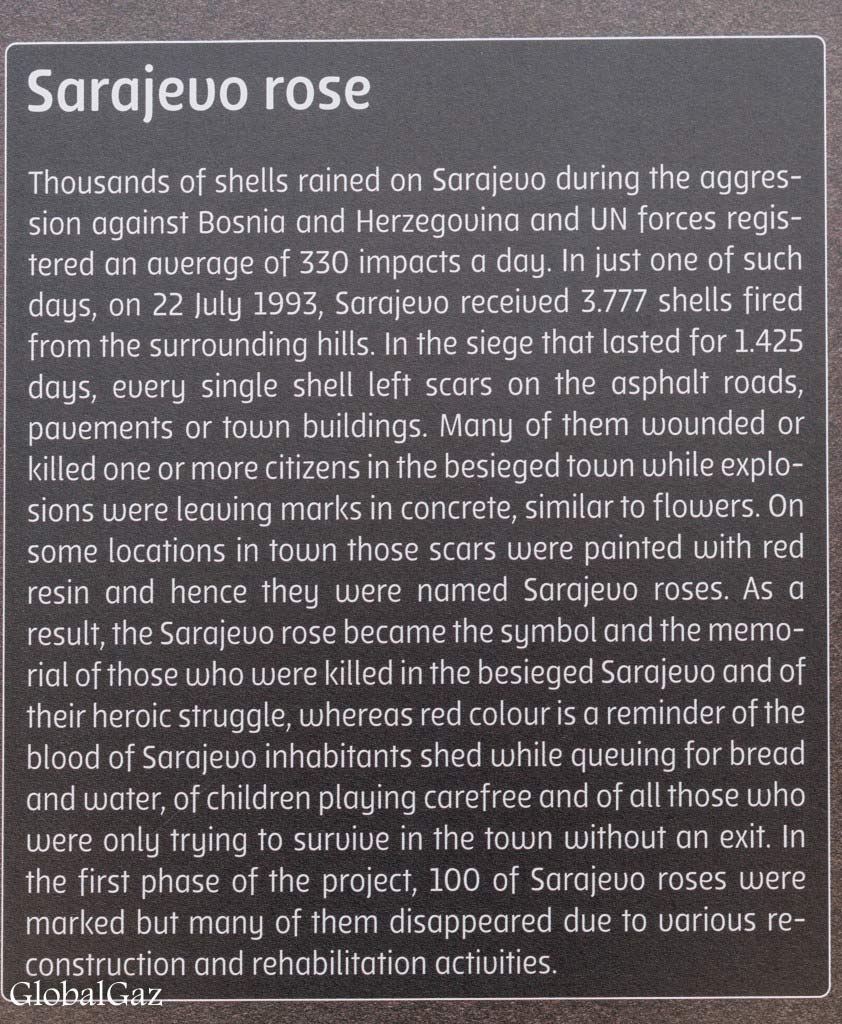
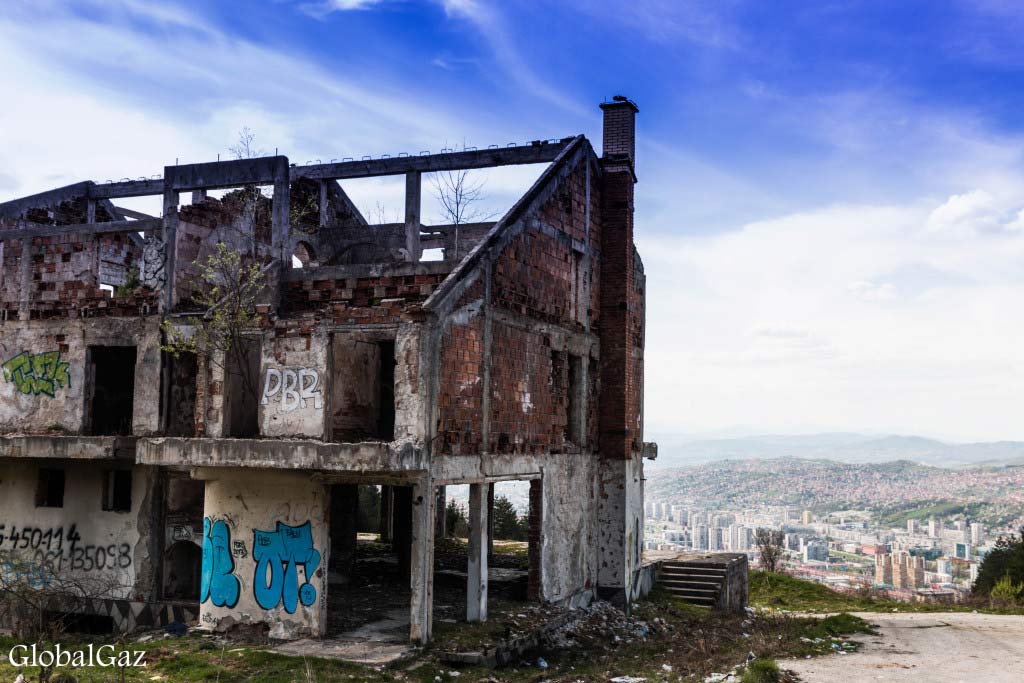
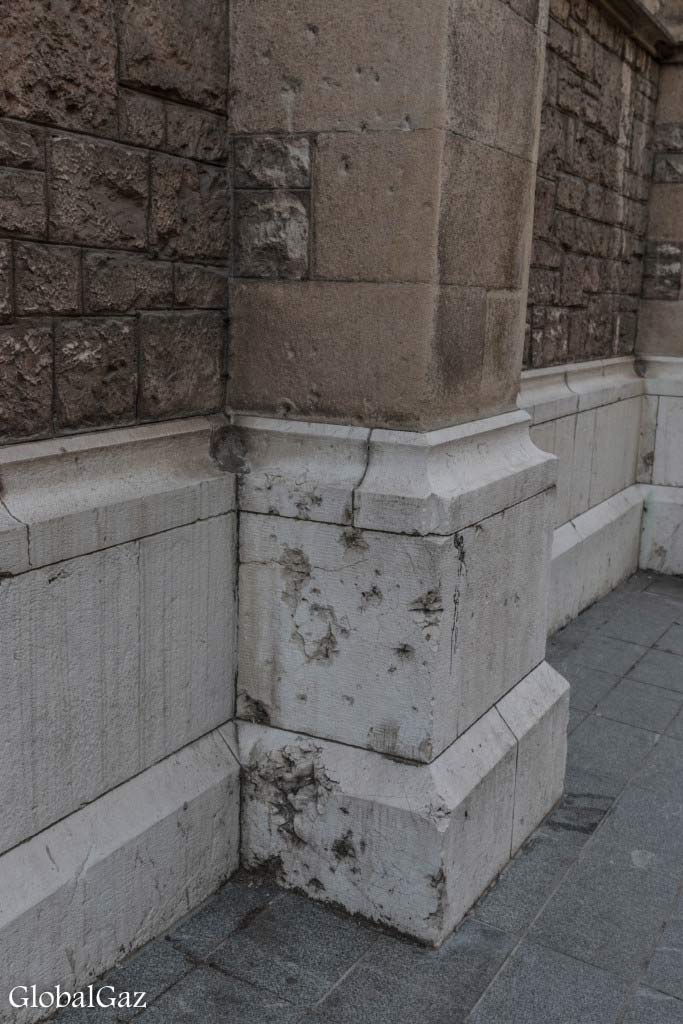

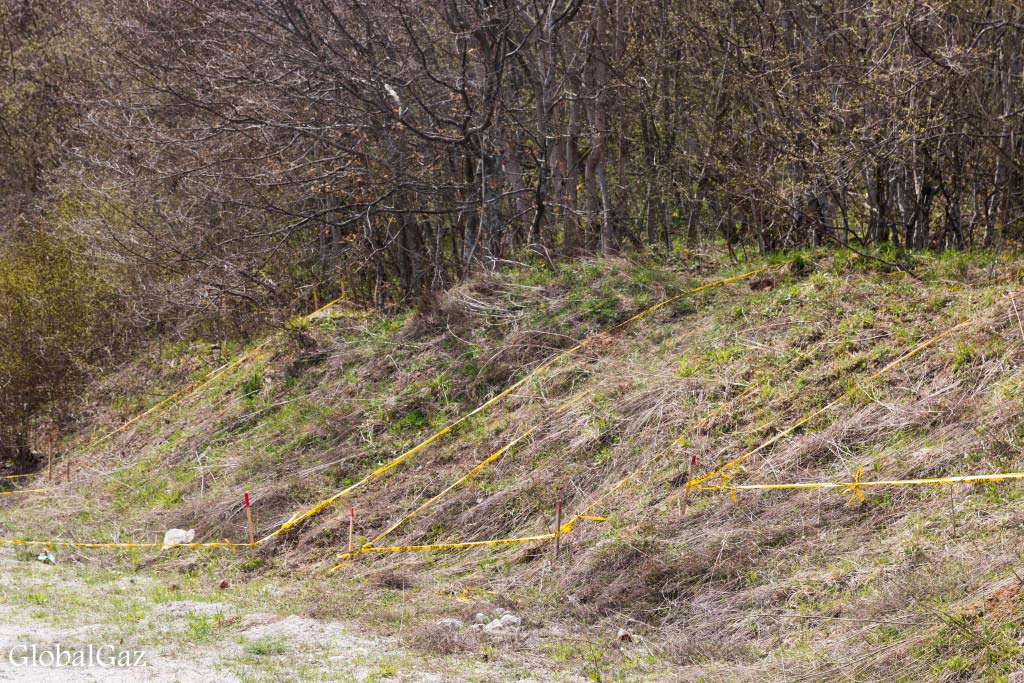
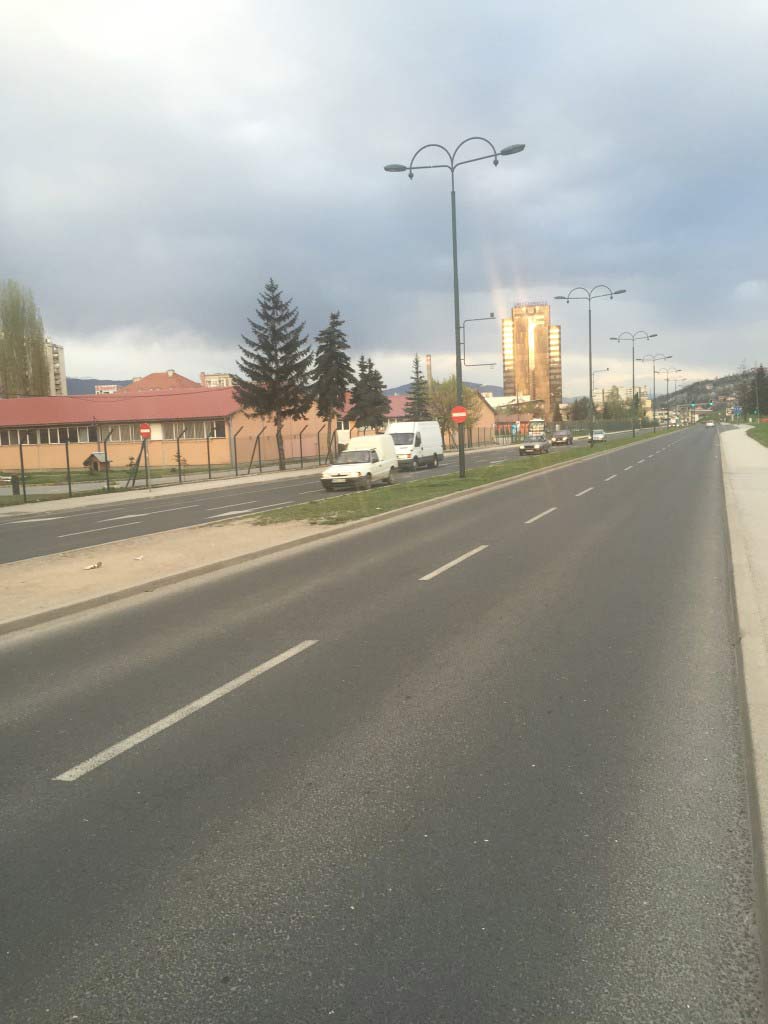
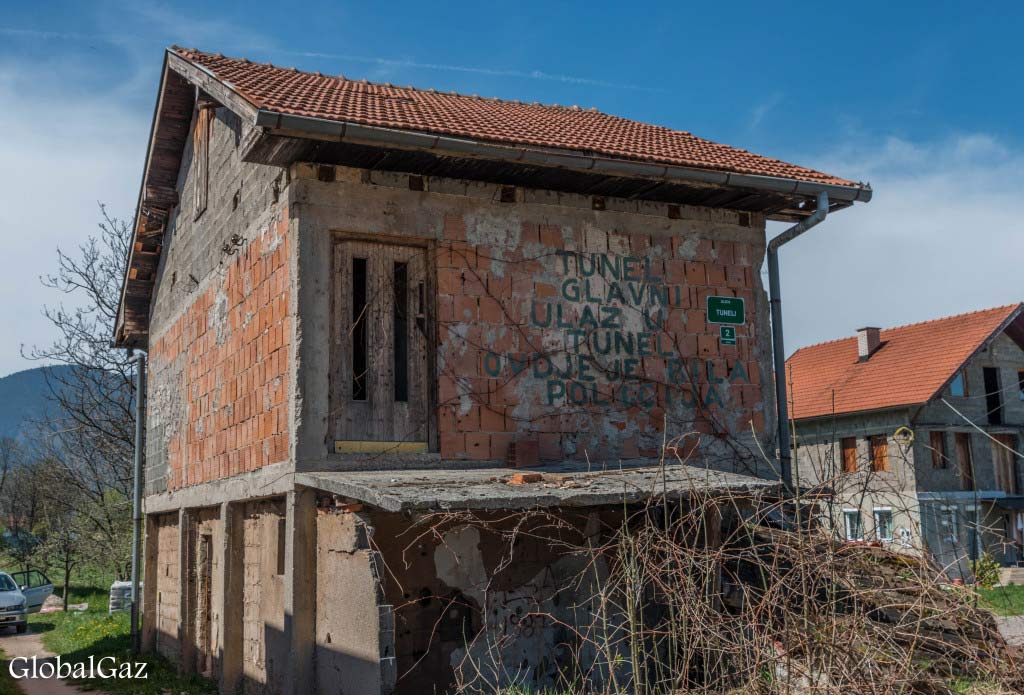
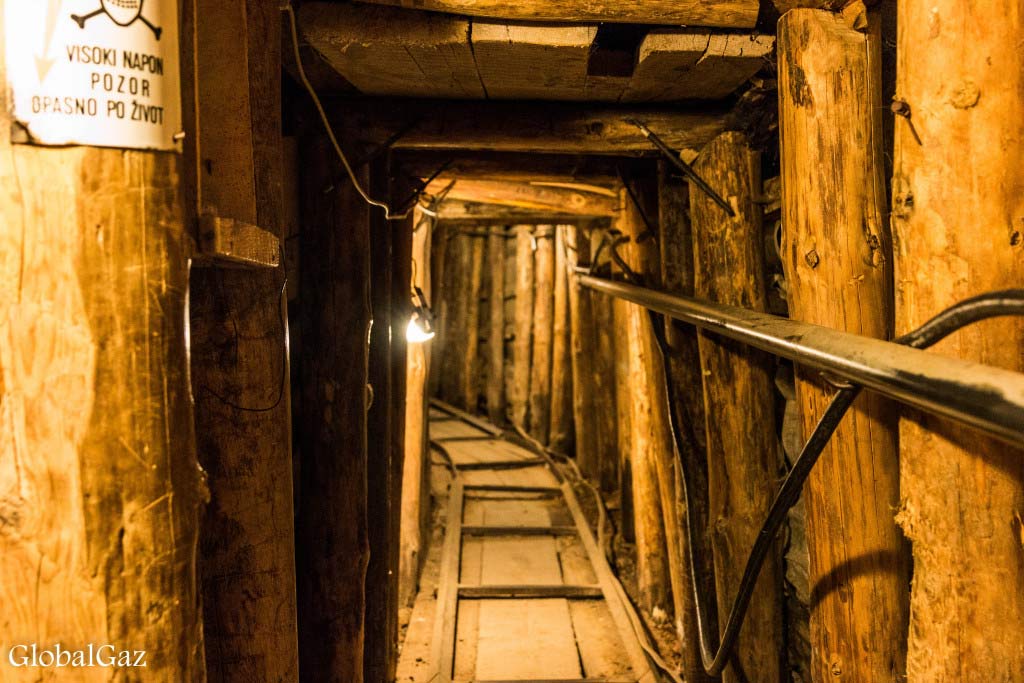
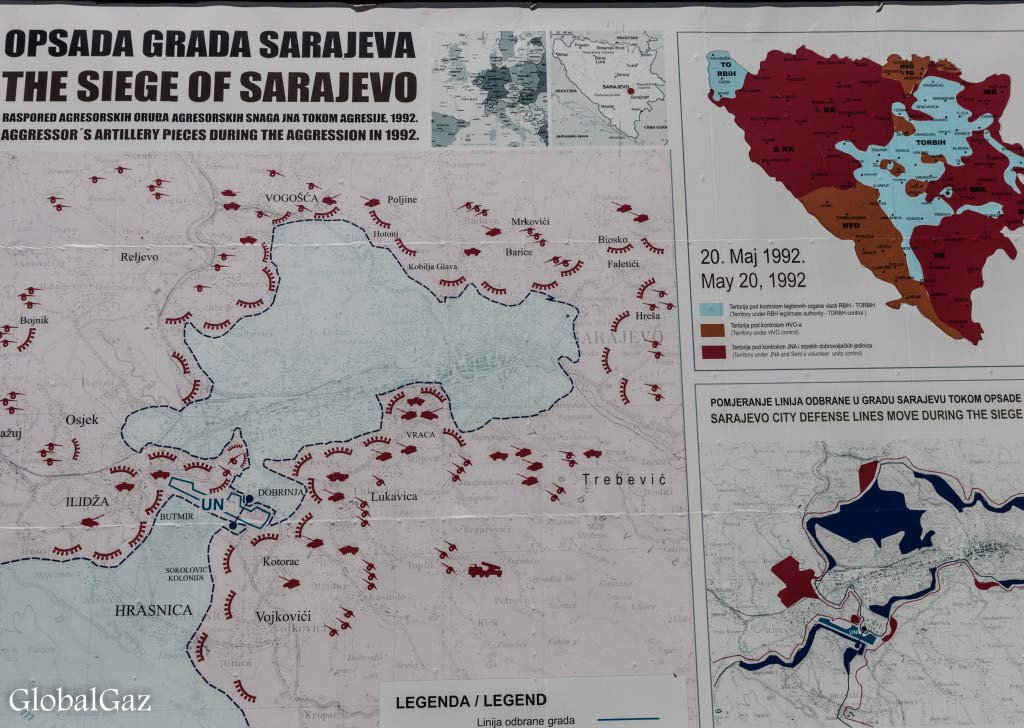
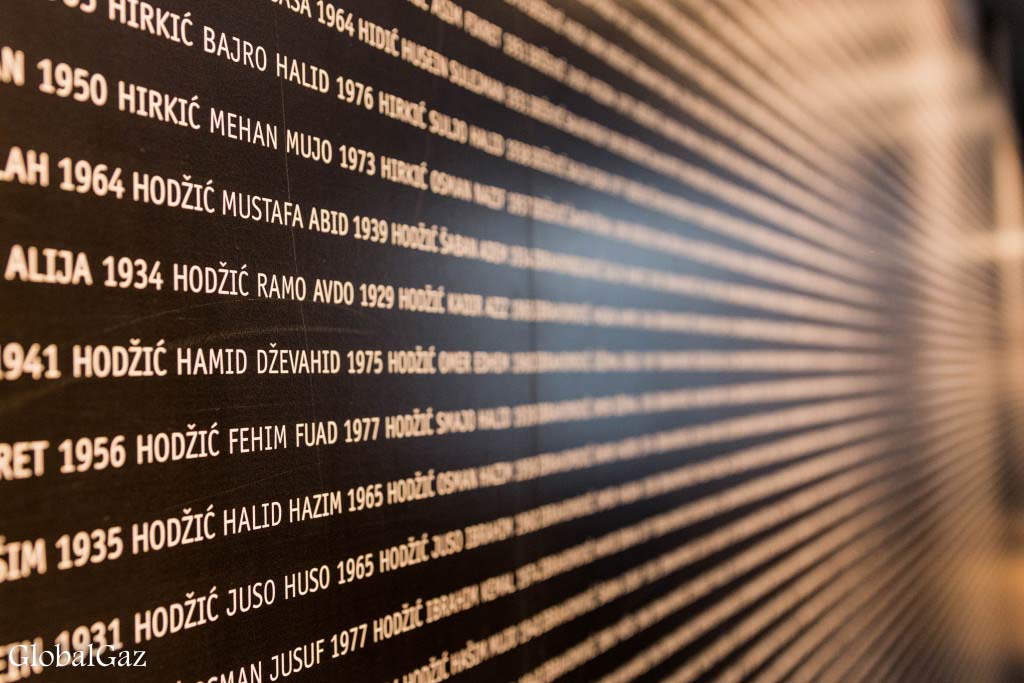
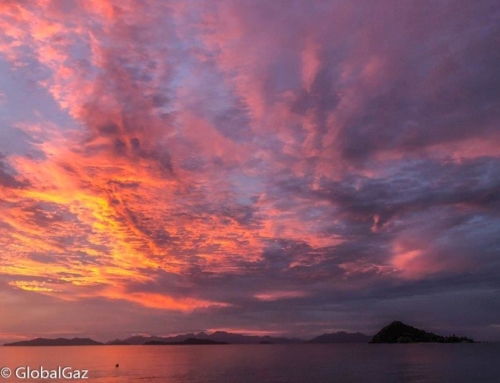
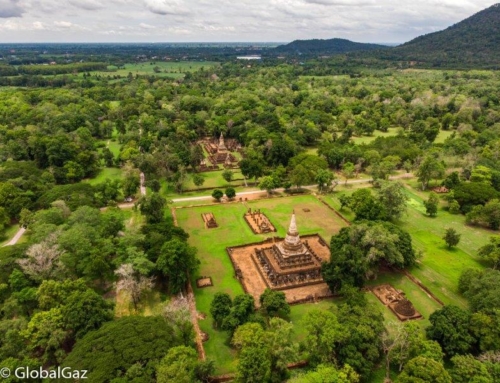
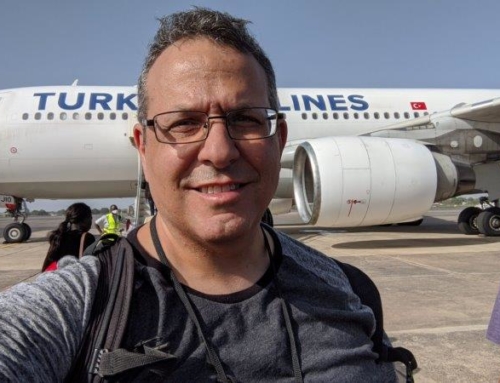
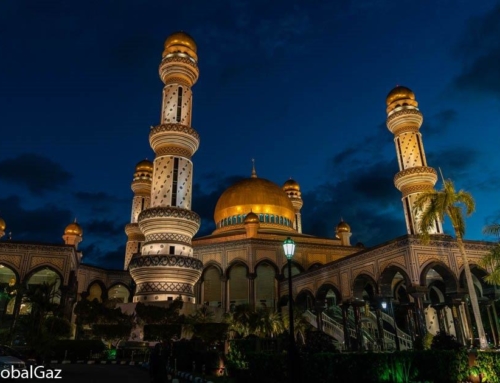
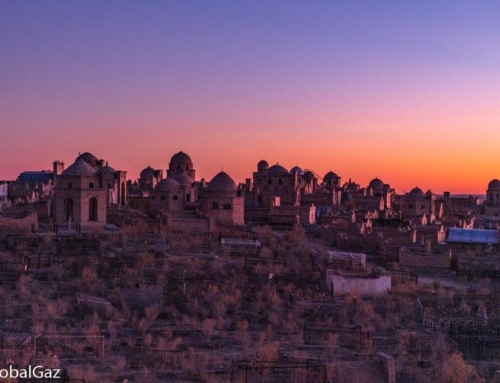
[…] To learn more about Sarajevo, check out the Siege of Sarajevo! […]